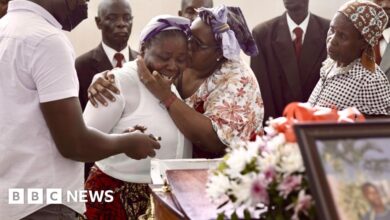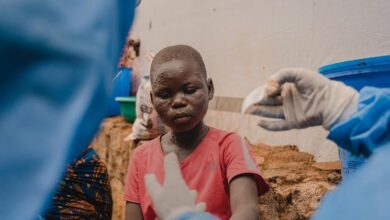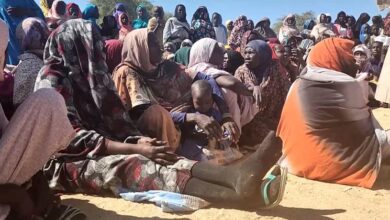‘What happened must be known’
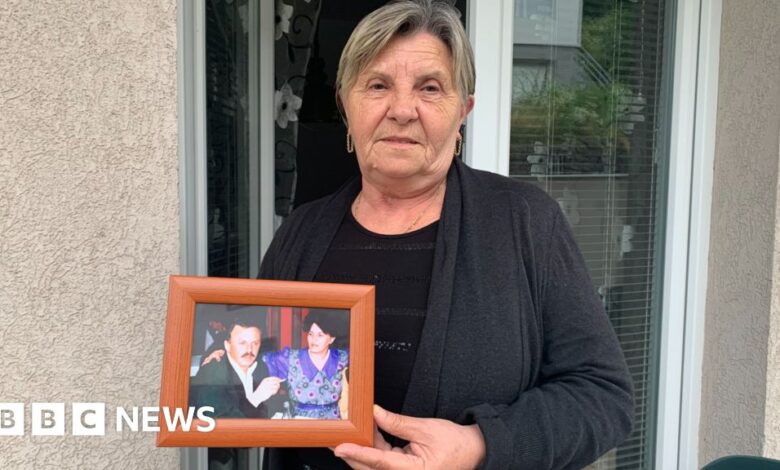
Via Natasa Andjelkovic, BBC News Serbia
Via Grujica Andric, BBC News Serbia
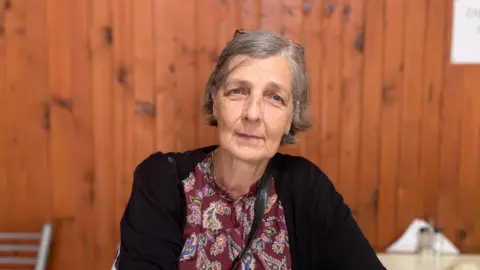 BBC
BBCEvery July, Sabrija Hajdarevic returns to Srebrenica to visit the graves of her husband and father.
They were among an estimated 8,000 Bosnian Muslim men and boys killed by Serbian forces in 1995.
The 67-year-old now lives thousands of miles away in Australia, but the annual trip means a lot to her.
This year is even more poignant as for the first time July 11 is marked as an International Day of Reflection and Remembrance, after a The United Nations General Assembly’s ruling in May.
The Srebrenica massacre, recognized by the United Nations as genocide, was the shocking climax of the war in Bosnia – a conflict that erupted after the breakup of Yugoslavia in the early 1990s.
In Bosnia, one of the countries that emerged from the split, there were three communities at war with each other – on one side the Bosnian Serbs backed by Serbia, and on the other the Bosniaks and Croats.
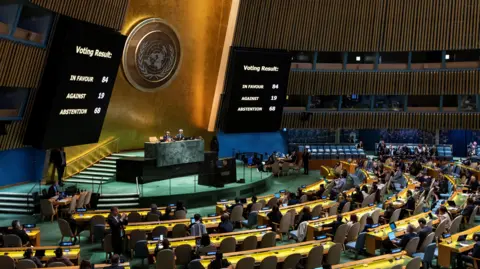 Reuters
ReutersAbout 40,000 Bosnian Muslims lived in Srebrenica. Many were forced to flee ethnic cleansing by Bosnian Serbs during the 1992-95 war.
The town was declared a safe zone by the United Nations in 1993 and international peacekeeping forces were tasked with protecting the town from any attack.
But in July 1995, Bosnian Serb forces—led by military commander Ratko Mladic—attacked the town, overwhelming the peacekeepers.
The Serbian army rounded up the town’s men and boys, most of whom never lived again.
They were killed en masse or murdered as they tried to escape through the wooded hills surrounding Srebrenica.
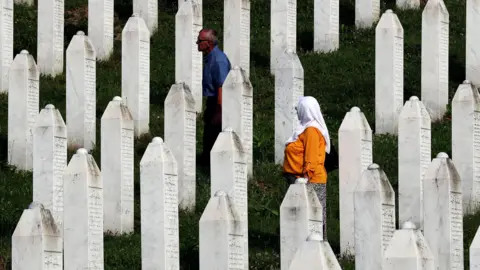 photo by FEHIM DEMIR/EPA-EFE/REX/Shutterstock
photo by FEHIM DEMIR/EPA-EFE/REX/ShutterstockThe brutal massacre of around 8,000 men and boys is considered Europe’s worst mass crime since World War II. The bodies of around 1,000 people are still missing.
Ratko Mladic was later sentenced to life in prison for war crimes, including genocide, and nearly 50 Bosnian Serbs were also convicted.
A recent United Nations resolution designating July 11 as the International Day of Reflection and Remembrance for the Srebrenica Genocide also condemns any denial of the massacre and glorification of war criminals.
But most Bosnian Serbs, as well as many people in Serbia, have repeatedly denied that what happened in Srebrenica in 1995 constituted genocide.
Sabrija disputed claims that the killings in Srebrenica were not targeted.
“What happened needs to be known, instead of having all these lies flying around,” she said. “My soul hurts.”
Some Bosnian families have waited decades to bury their loved ones because the identification process is long and difficult.
Sabrija was able to bury her husband’s skull – the only body part that was exhumed.
Her father’s body has never been found, although she knows he was killed near their home in Srebrenica because her mother witnessed the killing.
Six months after her father was murdered, her mother also died — “of grief,” Sabrija said, fighting back tears.
Many victims of the Srebrenica massacre are buried in the nearby Potocari cemetery. Thousands of simple white gravestones lie in a hillside field, surrounded by woods.
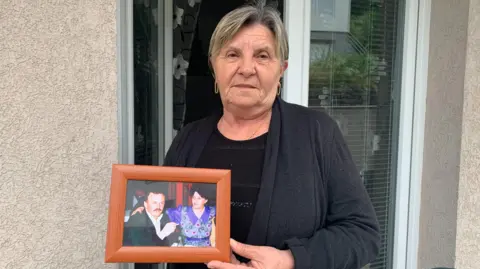
Berija Delic also lost her husband in the massacre. His remains were not found until a decade later and buried in 2010.
Last year, Berija decided to return to Srebrenica from Malta, where she sought refuge after the war.
Her son, a Muslim, is married to a Serbian Orthodox woman who “loves my baclava,” she said, referring to the sweet dish she cooks.
Before the war of the 1990s, Srebrenica was largely a Bosnian Muslim town.
Today, the majority of the population is Serbian; some residents were soldiers during the conflict.
“Even now you see someone walking around town, and you know he killed [Bosniaks] – but you remain silent, you cannot solve that,” Berija said.
After the war, Bosnia was divided into two entities – Republika Srpska and Bosnia-Herzegovina. Srebrenica belonged to Republika Srpska.
In the years after the war, the Bosniak population gradually decreased and the Serb population increased, but now they have one common problem – unemployment.
“Serbs and Bosnians have no problems here, the tension is caused by outsiders,” said Slavisa Petrovic, a 37-year-old Serb who runs the local tourist office.
But he said the town needed jobs to attract people to stay.
Slavisa added that the recent UN resolution on the massacre did not change anything.
“People are leaving Srebrenica now just like they did before. [the adoption of the resolution]. No job, just like before.”
There are signs of decay in the town. A once-popular local spa and a former luxury hotel have closed, abandoned for decades. Their walls are covered in graffiti.

Roads leading to nearby villages, where once healthy cattle farmers lived, are now overgrown with weeds.
Many local homes remain in ruins. A mosque and an Orthodox church sit on a hillside overlooking the town, the wounds of war still raw.
Serbian and Bosniak children attend the same kindergarten and local school, and photos of the new generation are proudly displayed in a public place in the town centre.
But it is likely that these children will soon be gone forever.
Slavisa is sad that locals keep abandoning the town. “It feels like they are leaving my home,” he said.

Only three of his classmates are still alive in Srebrenica. The rest have moved away.
However, he was determined to stay.
But even he admits that his four-year-old daughter is unlikely to feel that way when she grows up.


